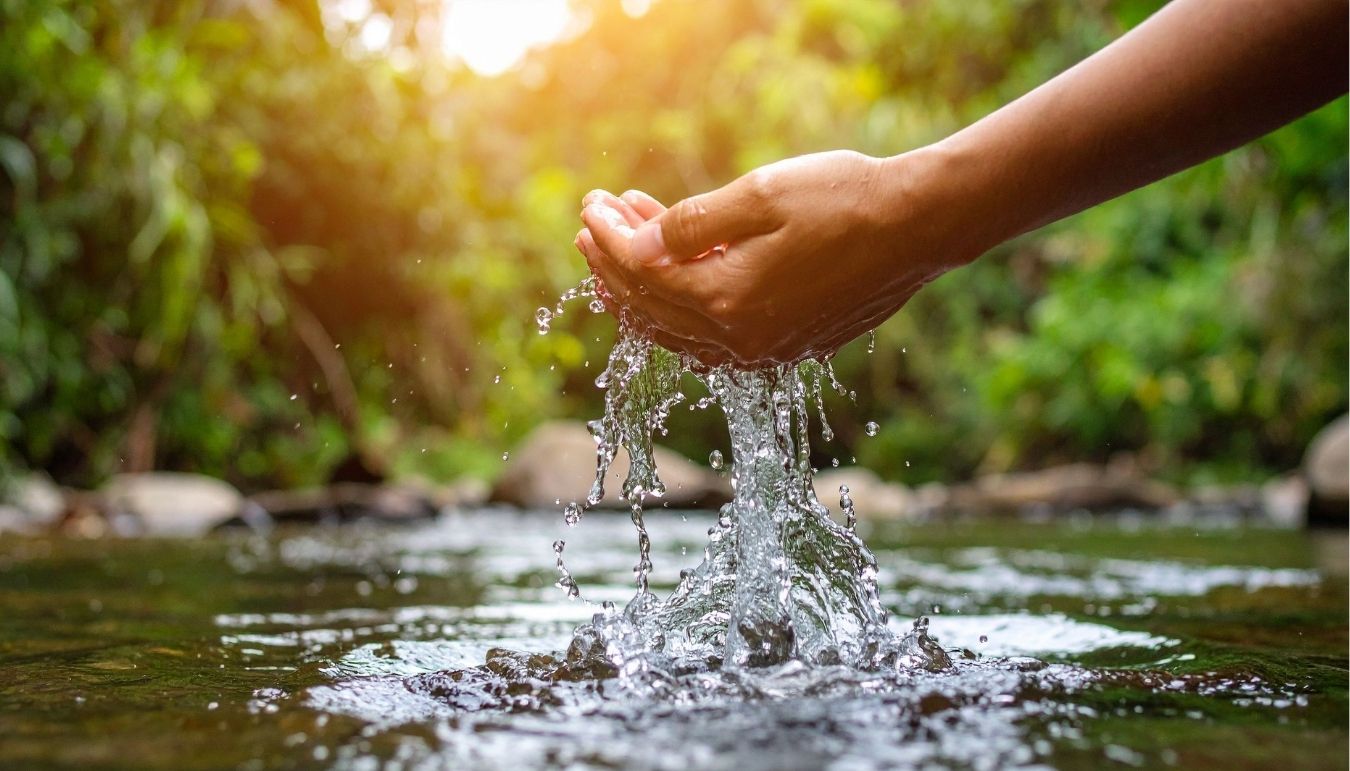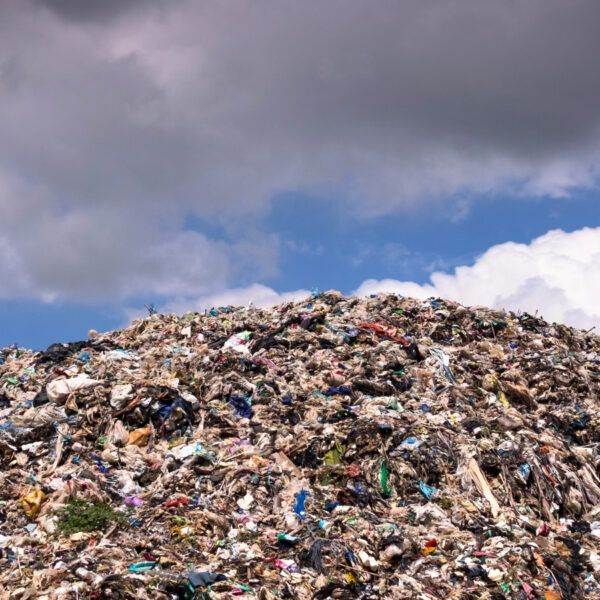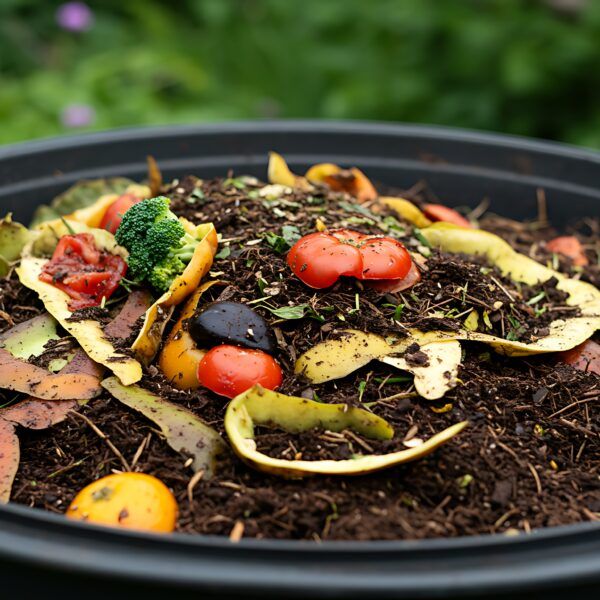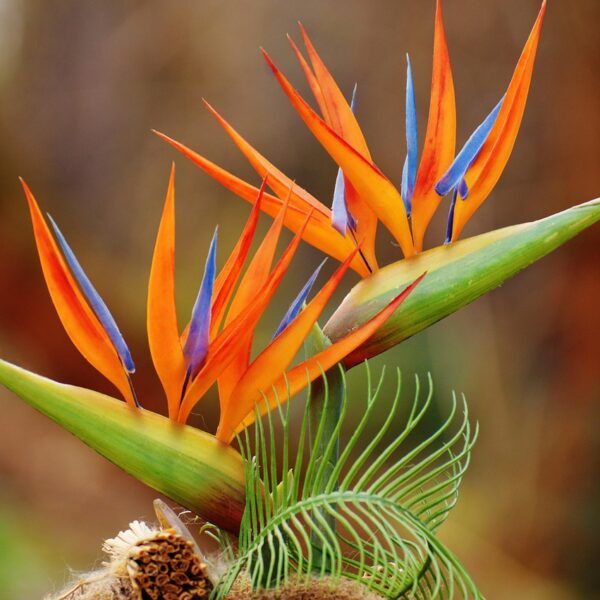Taking a long hot shower is something many of us take for granted—just like turning on the tap when we need to drink, bathe, or cook. But the story is alarmingly different for the more than two billion people who currently live without safely managed drinking water services.
This is all part of an even bigger water security crisis. The United Nations warns that by 2030, global freshwater demand could exceed supply by 40 percent. But what’s driving this crisis? Experts point to a combination of climate change, irresponsible government policies, and rapid population growth. The implications are far-reaching: mega-droughts threaten world food supply, while increasing wildfires signal that our forests have grown dry and brittle.
We need world leaders to act now, but we can all do our part by making some simple changes in our daily lives. Here’s 11 everyday tips for saving water:
1. Consider the distance
The transportation of food and other goods requires a great deal of water. Why? Because it takes about 1.5 liters of water to refine a liter of crude oil. When you choose local foods, you’re eliminating many of these hidden water expenditures from the supply chain. So when you’re checking out at an online retailer, ask yourself—do you really need two-day shipping? Patience is a water-saving virtue.

2. When you buy products grown in the tropics…
…like coffee, tea, chocolate, or bananas, look for the green frog seal. Rainforest Alliance Certified farms prioritize water conservation and the protection of local rivers and streams.
3. Buy less clothing
The average consumer goes through 16 kilograms of textiles per year—and cotton is one of the thirstiest crops out there. It can take more than 2,700 liters of water to produce just one cotton t-shirt. Reducing the amount of new clothing you buy can be one of the simplest and most effective ways to save water. Shop at vintage stores, swap clothing (a great party idea), and recycle your old clothes. And buying secondhand takes you out of the “fast fashion” cycle—you won’t be supporting unethical labor practices or unsafe working conditions.
4. Grow drought-resilient plants
With increasing temperatures and more frequent and prolonged dry spells, switching out the thirsty plants in your garden for ones adapted to need less water just makes sense. Depending on where you live, succulents like agave and mangave are obvious choices, while flowering plants like aster and lantana can provide vibrant pops of color even in the driest and hottest months.
5. Get creative with your leftovers
It takes a lot of water to grow our food. That avocado that went bad on your counter? Say goodbye to as much as 320 liters of water. Reducing your food waste—by planning your meals, buying only what you need, storing food properly, and, yes, eating all of your leftovers—also drastically reduces your water footprint, making it one of the best tips for saving water. Your wallet will thank you, too. Check out our tips for more ways cut down on food waste!
6. Skip baths
Instead, take short showers, ideally under a water-saving shower head. And here’s a pro tip for shavers: The simple act of shutting off the tap while you lather up can save more than 37 liters of water per shave.
7. Fix your plumbing and update your appliances
That barely leaky tap you’ve been putting off fixing might not seem like a big deal, but every drip adds up to thousands of liters of water a year. If you live in an old home—think more than 50 years old—it’s a good idea to get your plumbing inspected for any hidden leaks you might not be aware of.
And while you’re at it, consider updating your fixtures and appliances with more water-efficient options. Modern dishwashers and washing machines can help you save thousands of liters over their lifetime.
8. Calculate your household water use
Use this handy tool and challenge yourself and everyone else in your household to lower your impact.
9. Ditch your grass lawn for native plants

Let’s be real: Traditional grass lawns are boring. On top of that, they guzzle enormous amounts of water just to stay green, especially in hotter, drier climates. By swapping out turf for a native plant garden, not only will you be saving water, you’ll also be improving soil health and providing food and shelter for pollinators and other local wildlife.
Rock gardens and xeriscaping, or landscaping that reduces or entirely eliminates the need for irrigation, are another low-maintenance alternative that still adds beauty to your outdoor space while saving water.
10. Harvest the rain
Why let all that fresh rainwater run down the drain? Take inspiration from the farmers on Rainforest Alliance Certified farms who dig ponds to harvest and store rainwater. If you can’t dig a pond in your yard, installing a simple rain barrel can work just as well.
Go one step further and use another technique sometimes employed by farmers on certified farms: inserting hollow bamboo cuttings filled with water into the soil as a low-cost, slow-drip irrigation system. Whether in your backyard or on a farm in the tropics, harvesting and reusing rainwater is an effortless way to save water.
11. Demand accountability
While shorter showers and better appliances help, the truth is that the biggest culprits of water waste are corporations and government policies that allow overuse and mismanagement. One of the most powerful tips for saving water is to speak up—by voting for leaders who prioritize water conservation, joining conservation advocacy groups, and holding industries accountable. Real change happens when communities push back and demand smarter, more sustainable water policies.
The Rainforest Alliance and water conservation
Water is life—it’s the foundation of healthy ecosystems, thriving communities, and sustainable agriculture. That’s why water conservation is a central element of the Rainforest Alliance’s work with farmers around the world—from rigorous water protection requirements for Rainforest Alliance Certified farms to conserving microwatersheds across Sri Lanka’s tea landscapes, and beyond.
To learn more about our work to protect this vital resource—and for more tips for everyday sustainability actions, sign up to our mailing list.
Together, we’re building a future where people and nature thrive. Sign up today and join our movement.
"*" indicates required fields




